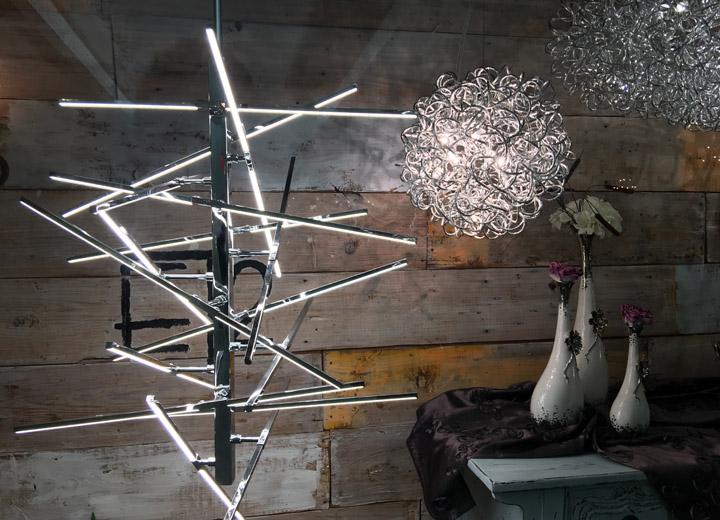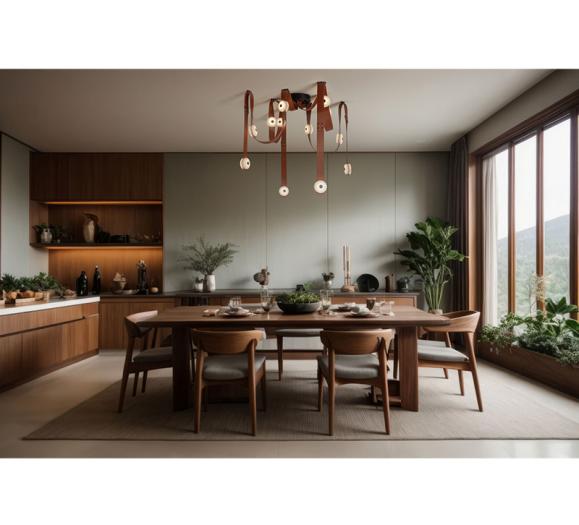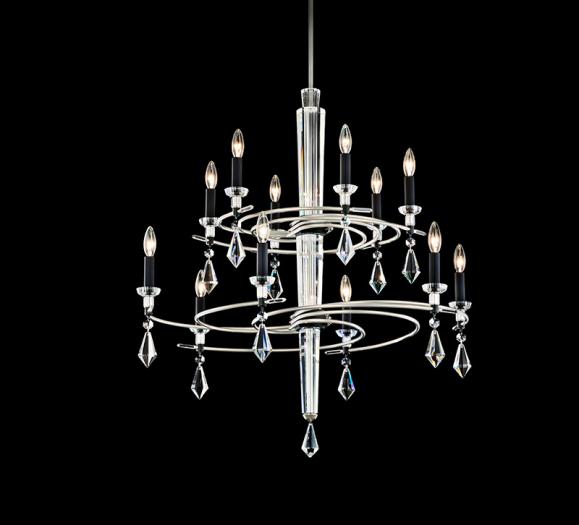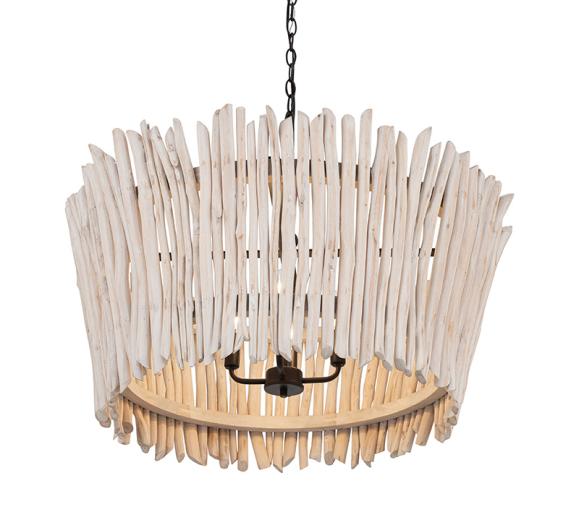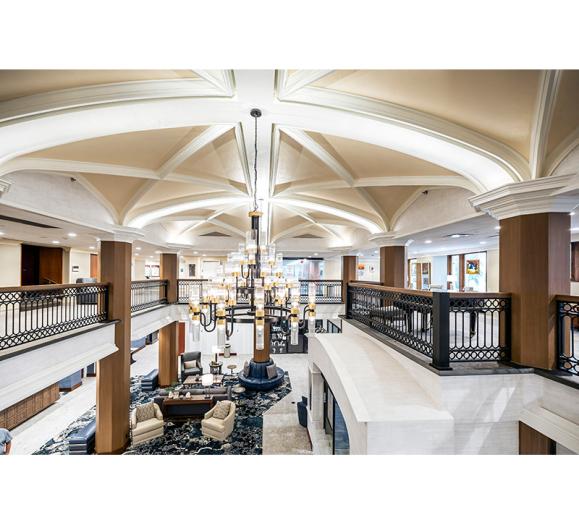What differentiates a chandelier from a pendant?
For me, the rule of thumb was that a chandelier had arms and a pendant fixture does not. It was also generally felt that chandeliers are more traditional and pendants are more modern. Now there are a lot of hybrids that don’t fit into either category. So instead, I just use the term "hanging fixture," which covers both traditional versions of chandeliers and pendants, along with their crazy mixed-up, totally inspired, counterparts.
I’m overjoyed that lighting fixture designers and manufacturers are coming up with new ways of interpreting these two categories. It means that lighting design continues to evolve. For me, decorative fixtures were always a category in and of themselves; adding to the other functions of illumination: task, ambient and accent.
They add a visual sparkle to a space and have the ability to draw people into a space. You don’t have to use them as a light source for reading or preparing meals. They do not need to try and highlight other objects in the space and they don’t need to fill the room with illumination. What they can do, and do beautifully, is create a sense of arrival in the entryway and a sense of destination in the other rooms. That being said, there are plenty of pendants and chandeliers that can offer more than their primary function. That is the beauty of design.
For a long time, the most exciting and beautiful decorative fixtures were coming from Europe. Many of the ones that I saw over there never made it to the United States. The costs involved with getting a UL, CSA or ETL listing was too great, so only the most popular fixtures made it to our shores. Now, the United States is now producing their own beautiful and wondrous fixtures. It is so exciting to see what is now available.


Adding LEDs into our box of design crayons opens up a whole other layer of possibilities that just were not possible before. Light emitting diodes, in linear tape form, provide even illumination without hotspots, which is what we used to get when using festoon lamps (little tubular bulbs with metal tips on either end).

Both pendants and chandeliers also benefit from the very long life built into LED bulbs, which are offered in traditional shapes such as flame tip or globe. This is particularly advantageous for hospitality and healthcare applications where the lighting is often on 24 hours a day. Not only do you save money in energy costs, you also save on maintenance. Traditional flame tip bulbs last anywhere from 750 hours to 2500 hours, whereas their LED counterparts are more in the 25,000 hour range. These bulbs are available in a high CRI, with deliciously warm color temperatures, such as 2400° Kelvin and 2200° Kelvin, which are the color of dimmed incandescent and candlelight respectively. Another advantage is that LEDs emit no UV and do not get super-hot like standard incandescents. This means that fabric shades last a lot longer.
Regular LEDs are, for the most part, dimmable now. You can lower the intensity, but they will not change in color temperature. This is why I recommend starting with a warmer color temperature to enhance the feel of dimmed incandescent at a reasonable cost. Warm-Dim technology, where the LED fixtures and bulbs appear to get warmer in color when dimmed, is trending throughout the lighting industry and across manufacturers. They have the look and color quality of incandescent. One more item to add to the plus side column of using LEDs. It is more costly and well worth considering the investment.
Do we have to strictly define what makes a fixture chandelier or a pendant? The bottom line is that some fixtures defy categorization. Just like people, many of us can check more than one box. These differences are meant to be celebrated. And this party is just getting started.



